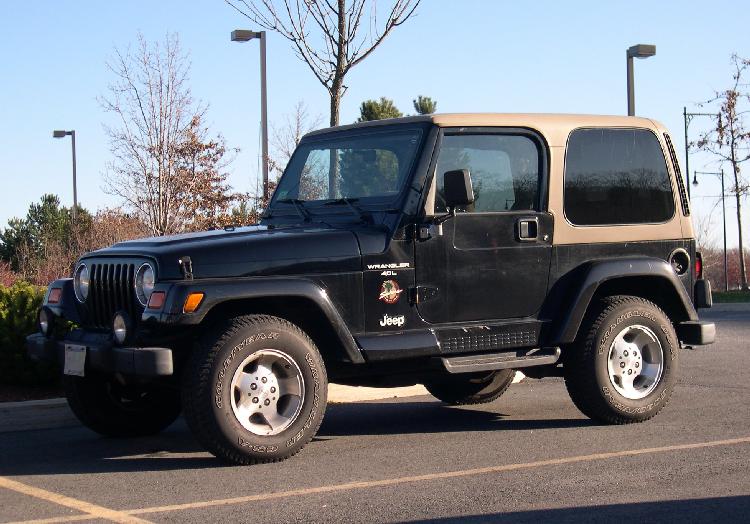FUN FACT:
The 2006-2014 Honda Ridgeline had a "4WD" emblem on the tailgate. The 2017-current Ridgeline has an "AWD" emblem on the tailgate. Both generations are primarily front-wheel drive, but torque can be sent to the rear wheels proactively to reduce the propensity for wheel slip and reactively if wheel slip occurs.
Both 4WD and AWD designations are correct.
Both 4WD and AWD designations are incorrect.
Wait.
What?
Why
both are correct:
Because torque can be sent to
all wheels and since there are
four of them, both 4WD and AWD are correct. If the vehicle had six wheels, but only four of them could propel the vehicle, "4WD" would be correct, but "AWD" would not. A unicycle is "AWD", but not "4WD".

Why
neither is correct:
The Ridgeline's drive system uses an open differential for the front wheels and a twin-clutch rear drive unit for the rear wheels. When the rear clutches are engaged, the vehicle is technically 3WD (both rear wheels and whichever front wheel that has the
least traction).
There are
many variations of both "4WD" and "AWD" systems that can catch engineers off guard and completely confuse the majority of owners.
The Chevrolet Colorado and Toyota 4Runner, for example, have an "automatic 4WD" mode that is more similar to AWD. In manual 4WD mode, a locking center differential sends power to the front and rear axles. In
automatic 4WD mode, a clutch in the center differential sends power to the front wheels only when rear wheel slip is detected (like some AWD systems).
Traditionally, 4WD refers to systems that either engage both axles or not in a binary fashion while AWD refers to systems that can engage a second axle in a variable, analog fashion. Typically, 4WD systems are more robust while AWD systems are more convenient.
Mazda's AWD system uses an open differential on the front and rear axles with a single clutch that can engage the rear axle proactively and reactively. This makes their AWD vehicles technically 2WD (the front wheel with the least traction plus the rear wheel with the least traction). Power can be transferred from side to side by braking the slipping wheel which will transfer torque to the wheel with more traction, but this can only occur reactively.
In short, Mazda's AWD system is one of the least-effective, but least-expensive AWD systems on the market.
The current CR-V uses a similar system called "Real Time AWD with Intelligent Control System" which is similar to Mazda's. This system uses an electrically-powered hydraulic pump to apply a clutch that can send torque to the open rear differential before wheel slip occurs. Older CR-Vs used "Real Time AWD" (
without Intelligent Control System) which was purely mechanical. A hydraulically-actuated clutch was used to send power to the rear axle, but the system could only engage the clutch while the front wheels were spinning faster than the rears.
Honda's iVTM-4 (and Acura's similar 3rd and 4th generation SH-AWD) AWD system is among the most capable in the industry. These systems use
twin clutches (one for each rear wheel) and the rear wheels are overdriven relative to the front wheels. This design allows for a "locker" effect
and torque vectoring where more torque can be sent to the outer rear wheel while cornering.
Mazda's AWD system is certainly better than nothing, but it simply isn't capable of offering the traction and handling advantages of Honda's iVTM-4. It is, however, at least as good as the RTAWDwICS in the CR-V.


